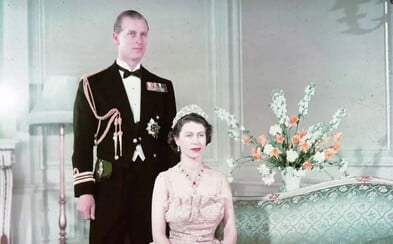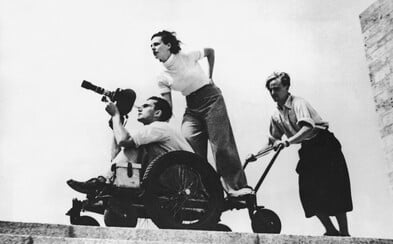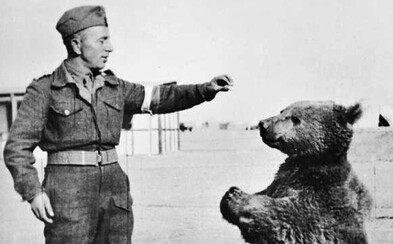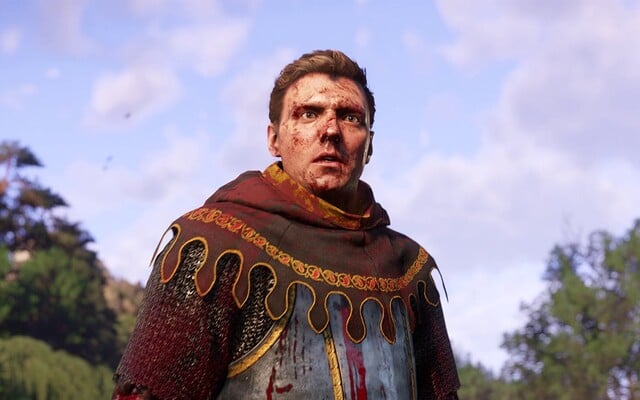 The Witch Hunts Were A War Against Women That Continues To This Day
The Witch Hunts Were A War Against Women That Continues To This Day
The Witch Hunts Were A War Against Women That Continues To This Day
The Witch Hunts Were A War Against Women That Continues To This Day
INTERVIEW WITH AN EGYPTOLOGIST: I Am Fascinated By The Ancient Nation That Did Not Opress Women
Paulína Šútorová is finishing her doctoral thesis and, in addition, tutors Hieroglyphics at a university in Germany.
If problems persis, please contact administrator.
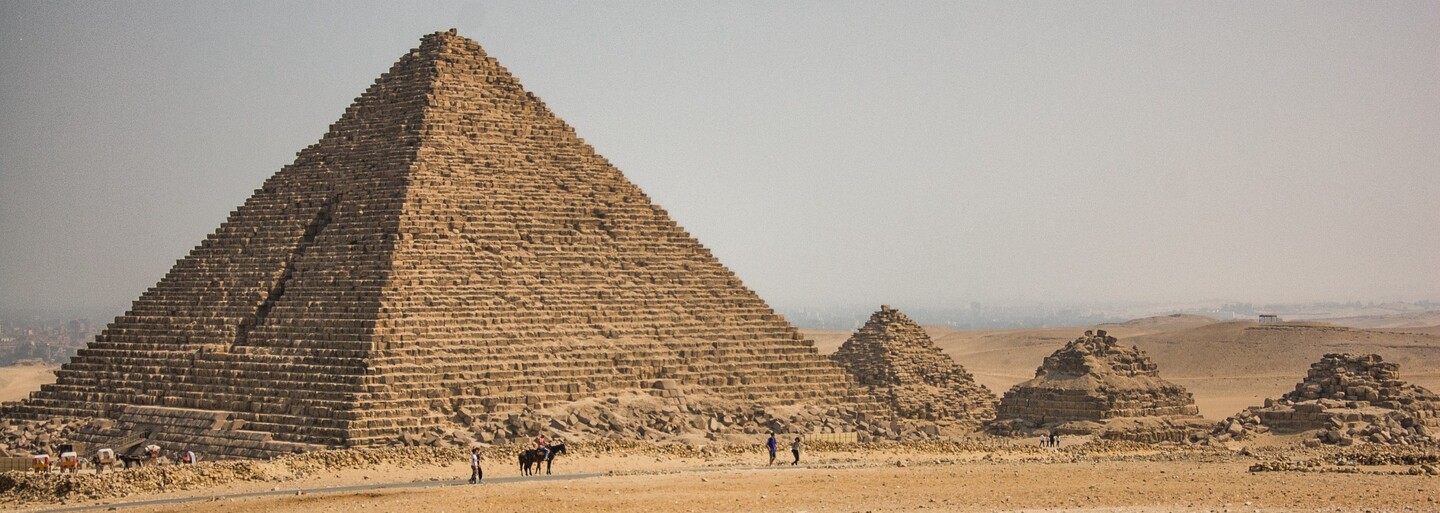
Egypt is a well-known and popular tourist destination. However, not everyone knows the story behind this ancient nation. Egyptologist Paulína Šútorová told us more about it.
We don't often hear about the work of an Egyptologist. Was it your childhood dream?
I may disappoint you, but I never dreamed of working as an Egyptologist, unlike many of my colleagues who were enchanted by, for example, Indiana Jones. I always thought I would be a teacher like my mom. However, knowing firsthand the situation in Slovak education, I finally changed my plans. So my path to Egyptology did not develop from a childhood dream.
I naturally acquired a love for history during my childhood and adolescence
What fascinated you so much that you started working in this field?
First of all, from history lessons, but especially from family vacations where we got to know foreign cultures together. Among others, we liked Egypt. We visited several times, which had, as my parents say, a fatal effect on me. After visiting the pyramids in Giza and the rich exposition of the Cairo Museum, I had to have every Egyptian-themed book in my library, I regularly made clippings about this interesting country from magazines, and my father and I probably did not miss any of the documentaries presenting Egypt in the ancient period.
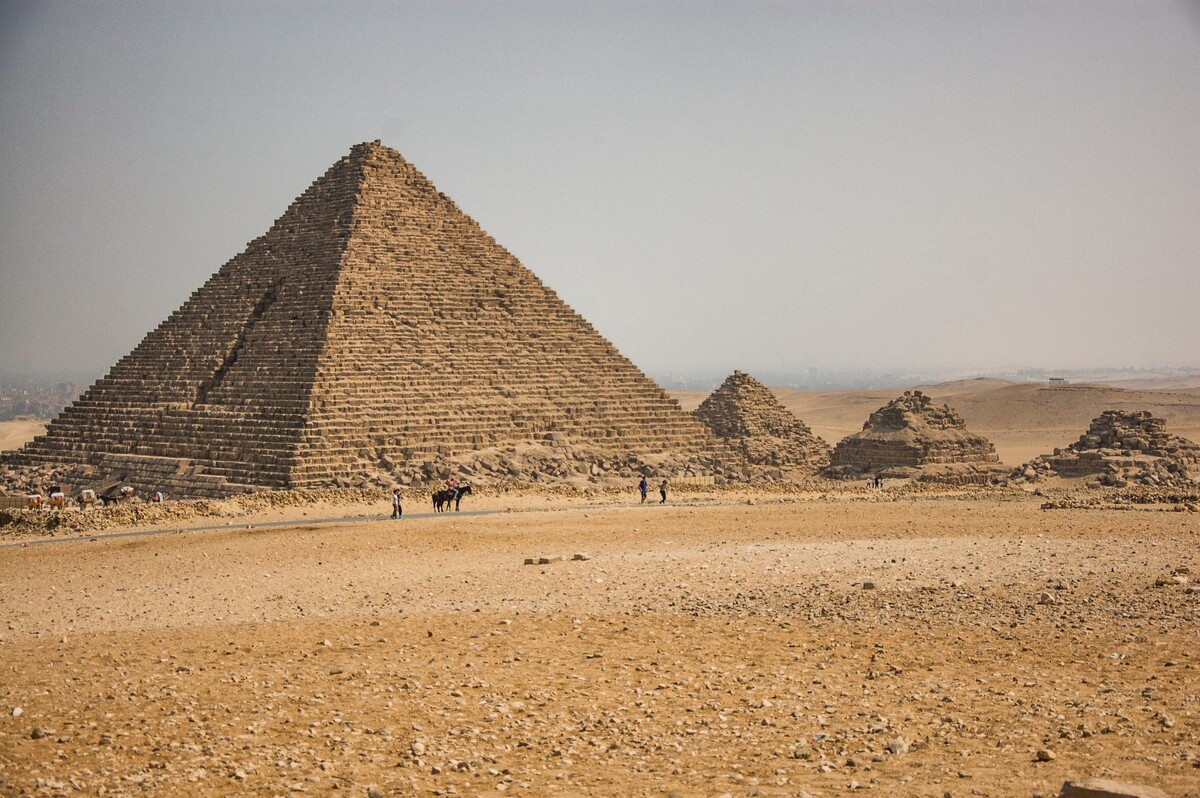
You meet a lot of young people. Do you think they are still interested in this topic?
Back in Great Britain, I was a volunteer at the city museum with the Egyptological collection of The Egypt Centre. Several times a week, children from kindergartens and elementary schools came to learn about ancient Egypt. We taught them, for example, about mummification on a stuffed doll called Bob, told stories about the Egyptian gods who ruled Egypt in its beginnings, or taught them to play an ancient Egyptian game called senet. All in an interactive form.
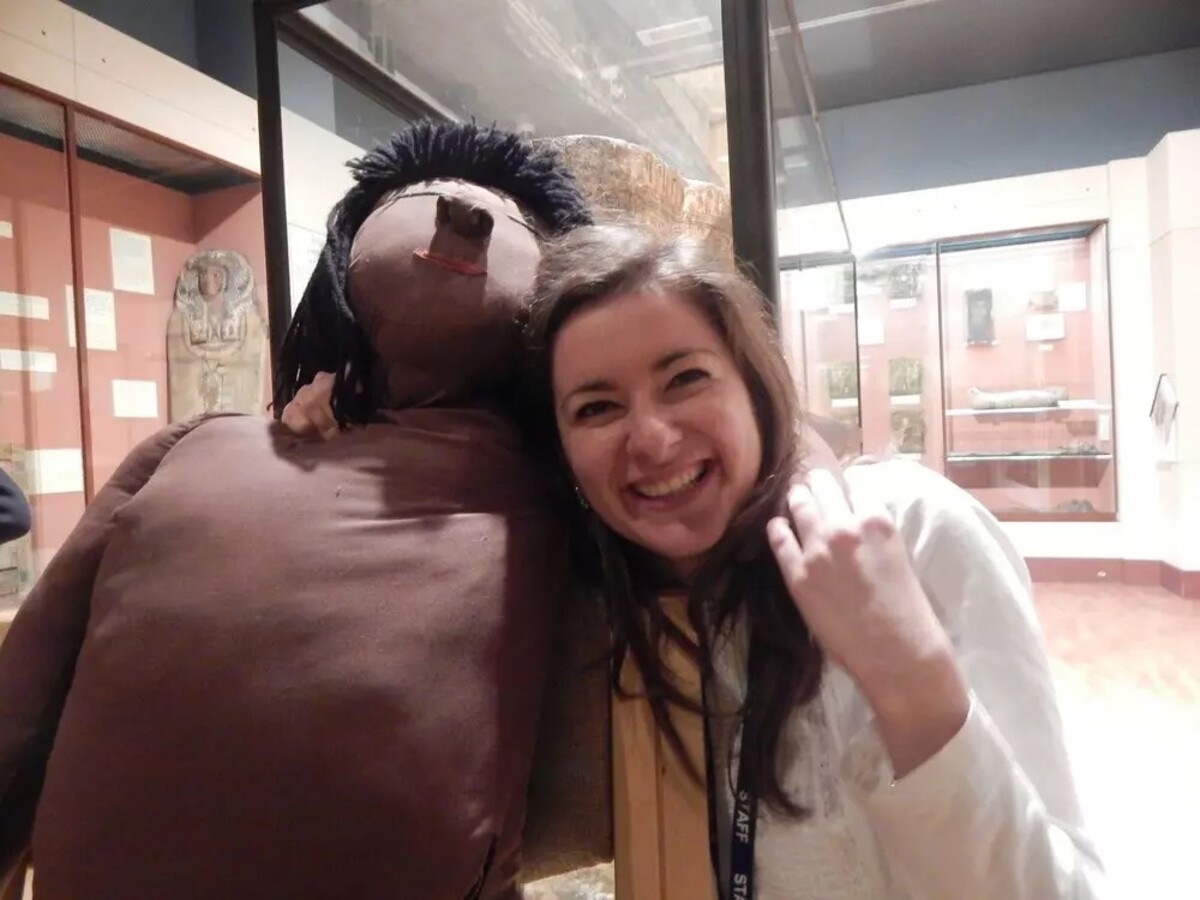
The children were always fascinated by the information presented in this way, they asked us a lot of questions, I admit that we had to do extra research to answer some of them (laughs).
I think this is how scientists are born.
In Germany, at the university, you teach freshmen hieroglyphics. Is Egyptology difficult for them?
We always have a full class at the beginning of the semester, which proves that there is still interest in this field. However, when students find out that the study of ancient Egyptian culture requires knowledge of the basics of ancient Egyptian writing and also grammar, then week after week, the class grows weaker. So it is still true that only the most passionate can endure the difficult journey to this profession.
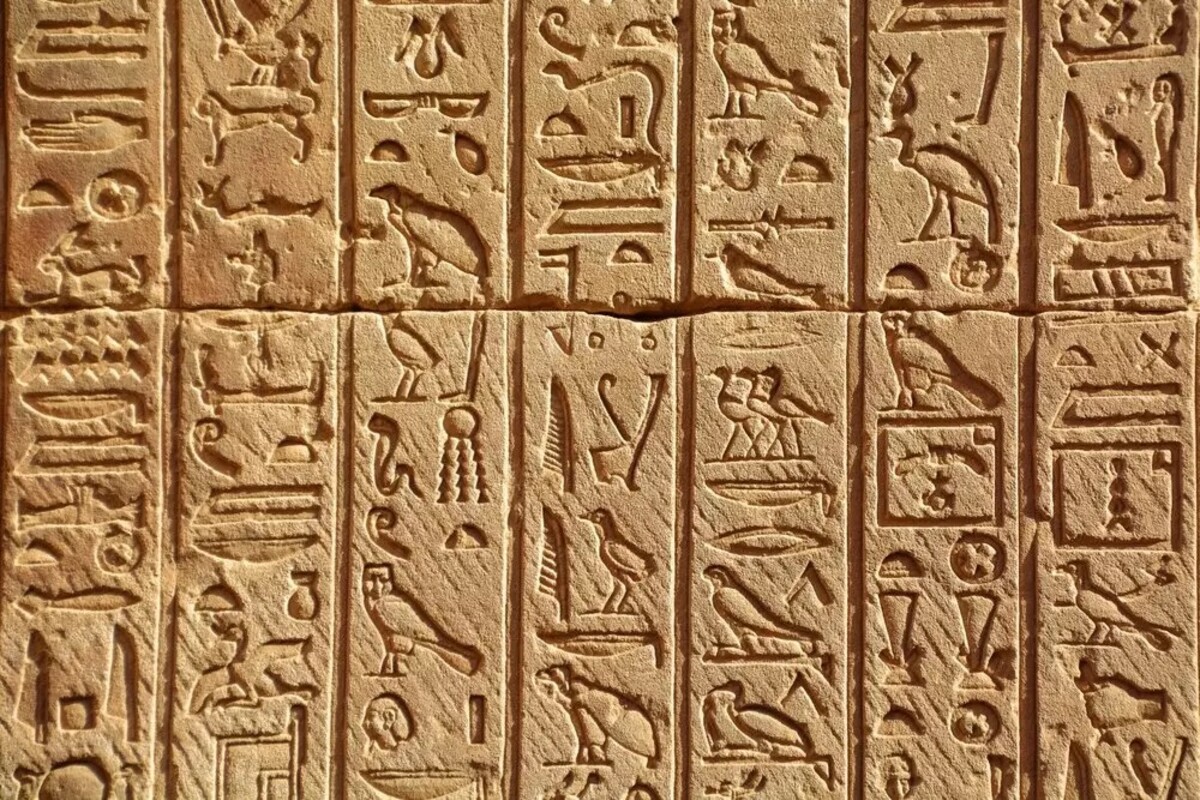
Egyptian queens are your favorite. What fascinates you most about them?Egyptian queens fascinate me throughout their lives and careers. While our society was not as developed at that time, in ancient Egypt women already had their rights. The queens ensured the future of the whole dynasty, they were a key element for the creation of new life and for the continuation of the universe. They could own land, manage it according to their own ideas.
I am fascinated by the fact that in the ancient world there was a nation that did not oppress women.
Many queens were also involved in politics. In situations where the previous king died and the throne fell to a too young successor, they became his regents. Under special circumstances, they could even become rulers themselves. They were devoted companions to their husbands, and while the kings applied themselves in battles, the queens were, on the contrary, peacemakers and diplomats.
Which one is your favorite?
My favorite is Queen Nefertiti, because she is beyond all known queens. She lived during the reign of King Akhenaten, who, as her husband, denied all the deities known until then and established the monotheism of the god Aten in the country. Nefertiti is often depicted in reliefs as a loving wife and mother, and even performs rituals herself without the presence of the king. Today there is an unconfirmed theory that she herself became the ruler after the death of Akhenaten. Whether this happened or not, future research will show.

Part of your work is also going into the field and exploring it. Has it ever happened that someone damaged a finding and thereby devalued it?If we can believe the media reports, then many times. However, I myself have not yet witnessed it. The highly publicized case of Tutankhamun's mask comes to mind. Originally, the mask was to be temporarily moved from its display case due to an electrical fault with the display. It is not known how, but while carrying the mask, her chin fell off.
However, there would be nothing wrong with that if the culprits confessed straight away. Instead, they tried (unsuccessfully) to glue the chin on several times using epoxy glue. This resulted in permanent damage to the mask, which had to be expertly restored in Berlin before it could be returned to its place in the Cairo Museum.
This story is a demonstration that accidents happen even to professionals, but it is very important how people behave afterwards.
Therefore, I appeal to all readers not to unnecessarily touch objects that may unknowingly damage them when visiting any historical monument. Every found object or architectural monument is unique, which has its own lifespan and is subject to the effects of the weather even without human touch. It would be a huge shame to lose it because of a photo or a minute experience.
You must have seen the tombs in which the pharaohs are buried. What do they look like?
Different royal tombs were built in different periods of Egyptian history. For example, while in the Old Kingdom the kings were buried in huge pyramids, in the New Kingdom the kings chose less conspicuous tombs carved into the rocks. In general, however, the tombs of the kings were very complex and consisted of a large number of chambers.
The walls were decorated with colorful reliefs depicting traditional scenes, either from the life of the kings or from their afterlife. The most interesting parts were the so-called false doors, which served as a way out for the king's soul and were also an altar for offerings from the bereaved. Although several tombs resemble each other, either in shape or decoration, each one is unique.
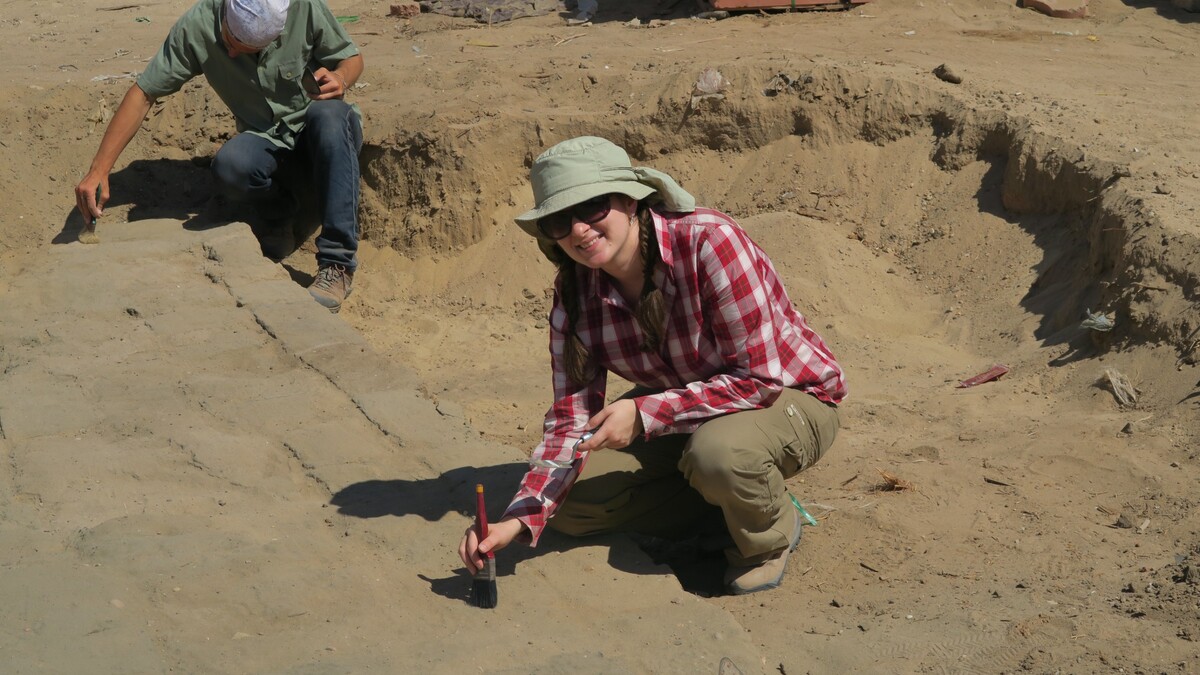
How is the mummification of the dead carried out?
It is interesting that, even with advanced research methods, we cannot find out exactly how the mummification took place. It was inherited as a secret and sacred craft without being recorded on any papyrus or relief. The only sources of information are mummies, canopic containers in which certain mummified body parts were stored, or so-called mummification deposits. In each historical period and also due to the status of the person in question, the body of the deceased was mummified differently. The most likely theory so far explains that the mummification took seventy days.
It started with a thorough washing of the body and an incision in the left lower abdomen. All the organs except the heart were removed, and only four of them—the liver, lungs, stomach, and intestines—were carefully washed, dried with sodium salt, and bandaged. Subsequently, the ancient Egyptians placed them, already mummified, in four canopic vessels.
The heart had to remain in the body, respecting the belief that it was through heart that a person not only felt, but also thought.
Moreover, the deceased needed it for a ritual in the underworld called "Weighing the Heart". No importance was attached to the brain as an organ. After the complete removal of the organs, the body was immersed in a sodium bath for forty days. Sodium dried the body, stripped it of all fluids, so the body naturally shrunk and wrinkled. But even for that, the ancient Egyptians had their own trick. First, the inside of the body was stuffed with bandages, the wound was sealed with resin, and then the body was liberally smeared with fragrant oils.
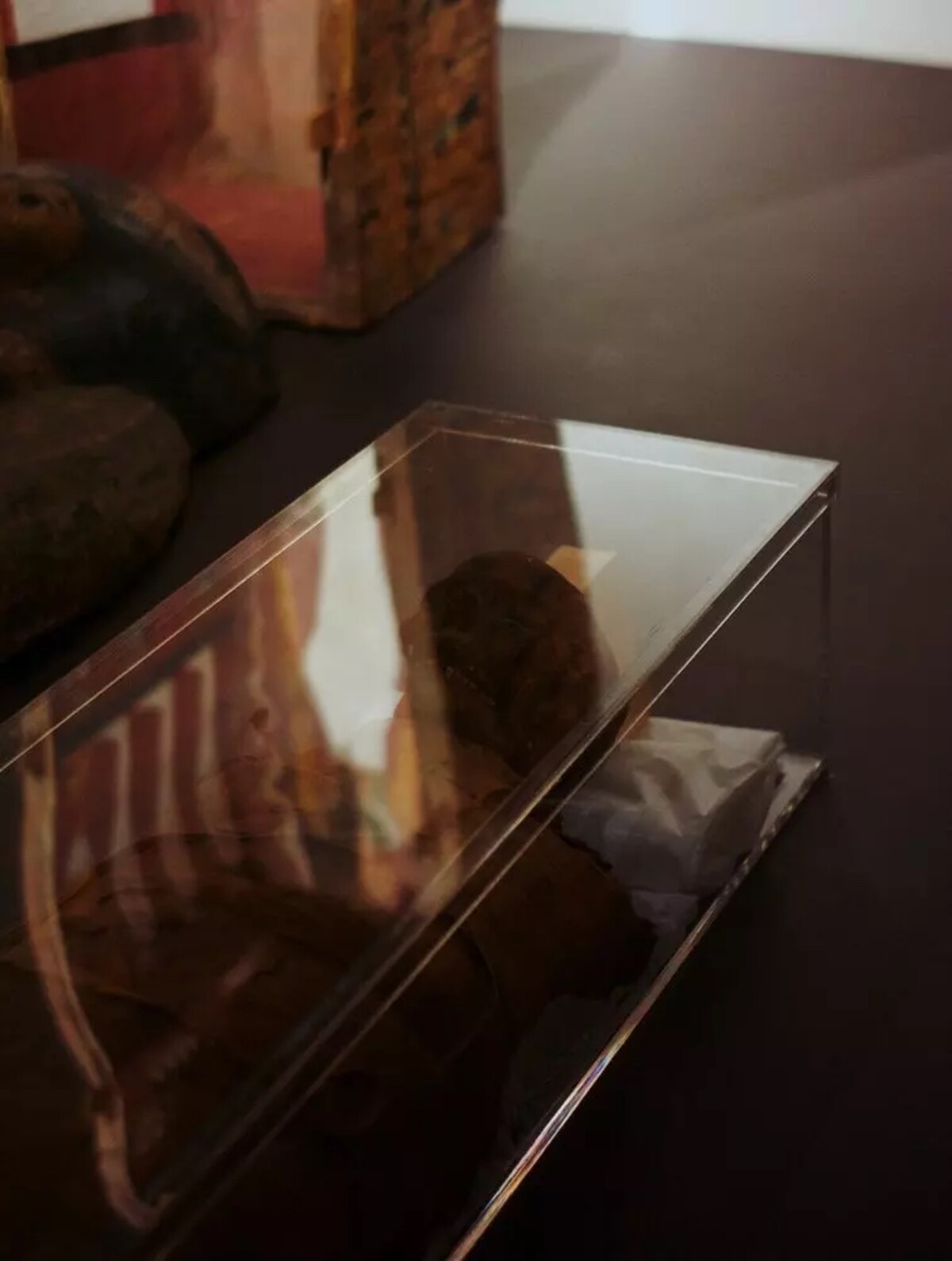
Was all this followed by bandaging?
Yes. Next to it, various amulets were inserted between the individual layers of fabric. If the deceased was of higher status, he could also afford a death mask. Finally, in order for a person to function normally in the afterlife, the priests performed the "Opening of the Mouth" ritual. Thanks to him, the dead man regained all his senses. He could see, hear, smell smells and taste again.
Has anyone ever tried to mummify a person based on knowledge from ancient Egypt?
Yes, the most successful modern attempt at mummification so far was made by the British Egyptologist Professor Joann Fletcher and Doctor Stephen Buckley. Clinically ill Devon taxi driver Alan Billis volunteered to donate his body to a mummification project after reading about it in the newspaper. After a huge number of experimental mummifications on animals, it was on his body that scientists tried real human mummification. This is said to have fulfilled Billis' dream that his grandchildren will be able to see what he really looked like. He called himself Tutan-Alan before his death.
The entire process of Alan's mummification was filmed for National Geographic under the title Mummifying Alan: Egypt's Last Secret.
If problems persis, please contact administrator.




